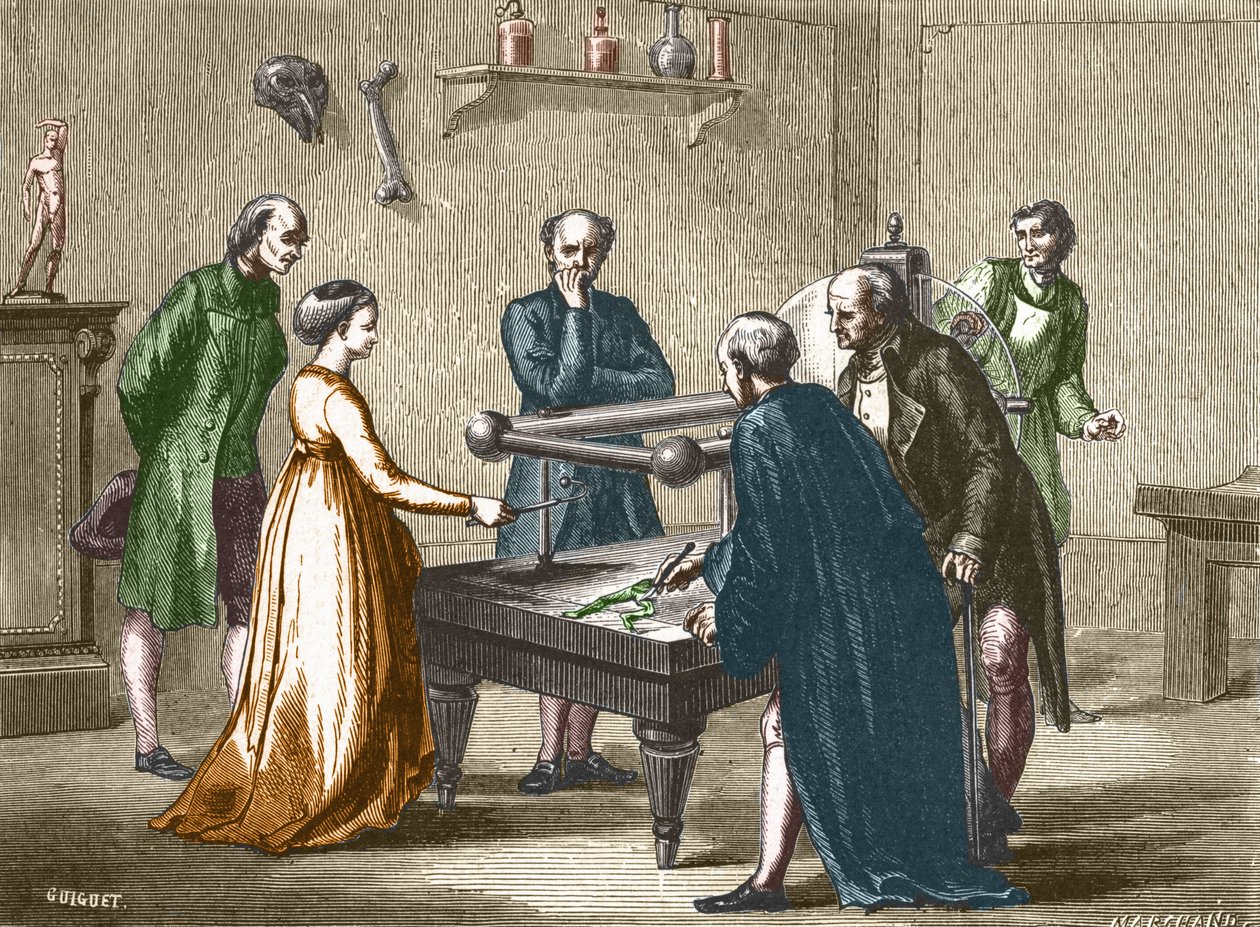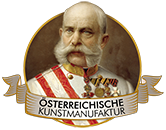-
×
- Home
- Art Prints ▸
- Artists ▸
- Categories ▸
- Art Styles ▸
- Picture Frame ▸
-
Print media ▸
- All print media
- Canvas Leonardo (satin)
- Canvas Salvador (matte)
- Canvas Raphael (matte)
- FineArt Photo Matte
- FineArt Photo Satin
- FineArt Photo Baryte
- FineArt Photo Glossy
- Watercolor Cardboard Munch
- Watercolor Cardboard Renoir
- Watercolor Cardboard Turner
- Watercolor Cardboard Dürer
- Natural Line Hemp
- Natural Line Rice
- Kozo White, 110g
- Kozo Natural, 110g
- Inbe White, 125g
- Unryu, 55g
- Bamboo, 110g
- Premio Unryu, 165g
- Murakumo Natural, 42g
- Bizan Natural, 300g
- Bizan White, 300g
- Aluminum composite 3mm
- Acrylic glass 5mm
- Order Sample Set
- Which print medium fits?
Canvas
Photo Paper
Watercolor Board
Natural Line
Japanese Paper
Special Media
More information
-
Help & Service ▸
- Contact us
- Sell your art
- Frequently Asked Questions
- Open Positions
- Complaint
- Order Samples
- Order Vouchers
- Shipping costs
- Production time
- Sustainability
- Image research
- Special requests
- Who are we?
- Pricing policy
- Company policy
- Quality promise
- Stretcher frame
- Passe-partouts
- Decorative frames
- Glazing
- Fillets
- Mounting systems
- Print media
- Care tips
- Imprint
- T & Cs
- Data protection
- Right of Cancellation
Info & Service
More information
Worth knowing
Legal information
- Shop ▸
- Contact




.jpg)
.jpg)
.jpg)
.jpg)
.jpg)
.jpg)
.jpg)
.jpg)
_in_a_p_-_(MeisterDrucke-379493).jpg)
_Nollet_(1700-1_-_(MeisterDrucke-921550).jpg)
_in_his_Glascow_shop_-_in_Alb_-_(MeisterDrucke-922377).jpg)
.jpg)
_execute_la_decomposition_de_lair_en_1776_-_-_(MeisterDrucke-1005756).jpg)
 published 1847 - (MeisterDrucke-113160).jpg)
.jpg)
.jpg)
.jpg)
.jpg)
.jpg)
_Nicolle_-_A_cloth_merchants_shop_in_Renaissance_Italy_(gouache_on_paper)_-_(MeisterDrucke-1535952).jpg)
.jpg)
.jpg)
.jpg)
_(1698_-_1739)_a_French_chemist_a_-_(MeisterDrucke-927050).jpg)
 in a physicist cabinet frontispiece illustration from Essai sur lelectricite des corps by Nollet published 1746 engraved - (MeisterDrucke-152025).jpg)
.jpg)
_execute_la_decomposition_de_lair_en_1776_-_-_(MeisterDrucke-915536).jpg)
.jpg)
.jpg)
.jpg)
_British_chemist_and_physicist_experiences_the_latent_-_(MeisterDrucke-912307).jpg)
_Alessandro_(Alexandre)_Volta_-_(MeisterDrucke-925399).jpg)
.jpg)
.jpg)
.jpg)
.jpg)
.jpg)
.jpg)
.jpg)
.jpg)
.jpg)
_-_(MeisterDrucke-414476).jpg)
_engraved_from_a_daguerrotype_(photogravure)_-_(MeisterDrucke-418259).jpg)
.jpg)
.jpg)
.jpg)
_discovering_homeopathy_engraving_after_Pauquets_d_-_(MeisterDrucke-924795).jpg)
.jpg)
.jpg)
.jpg)
.jpg)
.jpg)
.jpg)
_-_(MeisterDrucke-24407).jpg)
.jpg)
.jpg)
.jpg)
.jpg)
.jpg)
.jpg)
.jpg)
.jpg)







